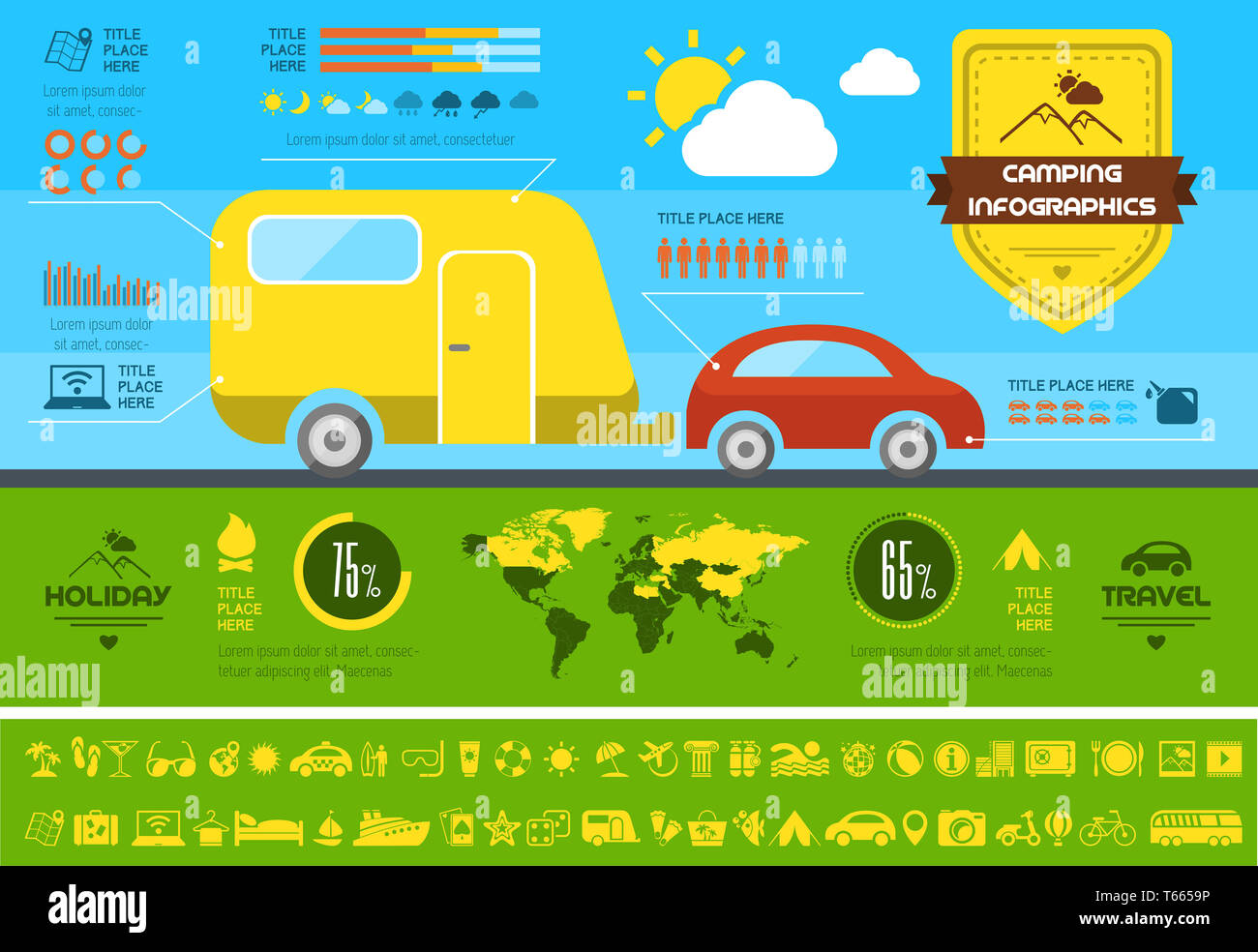The Role Of Storage Racks In Tent Organization
Advantages and disadvantages of Vinyl Vs. Canvas Tent FloorsWhile numerous campers concentrate on an outdoor tents's cover to protect them from rainfall, snow, and insects, the camping tent floor is equally important. A quality floor uses defense from standing water, soaked mud, and sharp rocks.
At White Duck Outdoors, we provide free-floating plastic floors that are customized to each tent dimension. This permits you to pick a flooring lining or utilize your own canvas tarp as a liner.
Resilience
There are different types of floorings offered for wall camping tents. Free-floating floorings are different pieces that you lay on the ground before developing the outdoor tents, making them simple to set up. A sewn-in flooring is a little bit more complicated, but it provides superb security from water and insects.
However, the best alternative is a tent flooring liner. A liner is thick and pressures any kind of water or pests to go under the floor instead of through openings in the tent. It additionally decreases the amount of dirt that gets inside the camping tent, making it much easier to clean up and keep.
All White Duck Outdoors wall outdoors tents come with a free-floating flooring consisted of, so you don't need to stress over purchasing and mounting one separately. We understand the relevance of being able to personalize your space and make camping even more pleasurable. The free-floating flooring makes the camping tent much easier to lug, clean and store, high-ends that sewn-in or 3/4 floors do not give.
Weather Resistance
When choosing a safety cover for commercial or logistical functions, climate resistance is usually an important factor. Canvas tarps are typically made from natural materials, while vinyl tarpaulins include innovative polymer design. This distinction in structure causes drastically various performance qualities, maintenance demands, and ideal applications.
Plastic tarpaulins are excellent for long-term commercial protection due to their sturdiness, water-proof functions and chemical resistance. They also provide great UV defense and are lighter than canvas tarpaulins. These buildings make them the preferred selection for covering tools and building momentary frameworks.
Easy Upkeep
The toughness of plastic floorings and their resistance to wear and tear translates into minimal upkeep needs. Wipe-downs with mild soap and water are enough to maintain them looking clean, while persistent stains can typically be removed without much initiative.
In contrast, canvas covers are more likely to absorb dampness in time, causing mold and mildew and mildew growth otherwise properly dried or treated. In addition, they may call for even more constant waterproofing therapies to preserve their safety residential or commercial properties.
Furthermore, a woven textile like cotton is prone to penetrating and tearing gradually, making it extra vulnerable to damage from sharp objects or unpleasant surfaces. Vinyl is engineered to resist these hazards better, positioning it as a remarkable selection for durable defense applications. Additionally, its artificial components use remarkable sturdiness and long life compared to canvas products. As a result, they generally have a lower environmental footprint in terms of production and disposal. They likewise tend to have a more versatile personalization ability, helping with the consolidation of detailed designs and color design.
Ecological breathability Impact
Just like all items, it is essential to comprehend the ecological account of each product. This includes whatever from basic materials sourcing and manufacturing processes to usage durability and end-of-life disposal alternatives. This information allows businesses to make smarter options that straighten with sustainability objectives while fulfilling functional needs.
Sailcloth naturally lines up with eco-conscious goals because of its biodegradable nature and reduced production footprint. Its lighter weight converts to much less storage space and transportation needs. Its decreased maintenance needs and longer life expectancy even more minimize total expenses.
Plastic, on the other hand, relies upon artificial elements for its durability and climate resistance. Its chemical therapies call for high power input. Plastic's non-biodegradable homes even more complicate recycling and waste administration methods. However, it does give superior waterproofing and UV deterioration resistance to outside atmospheres.
